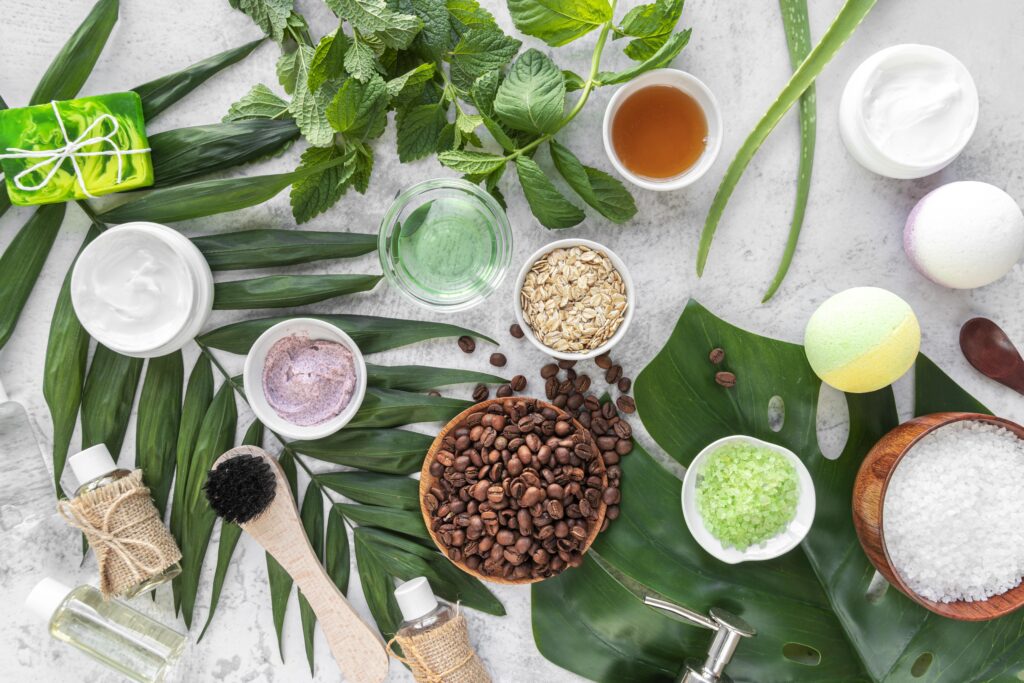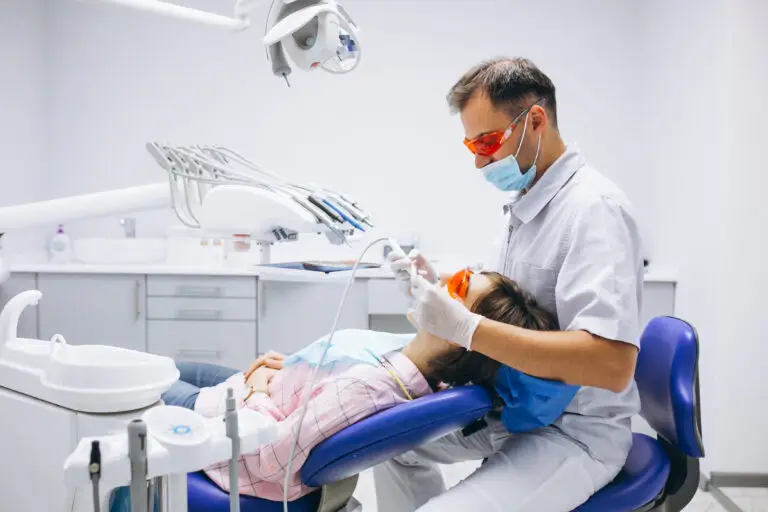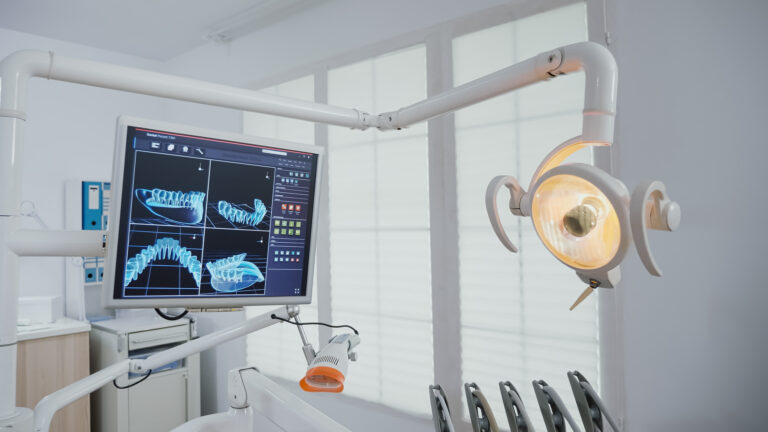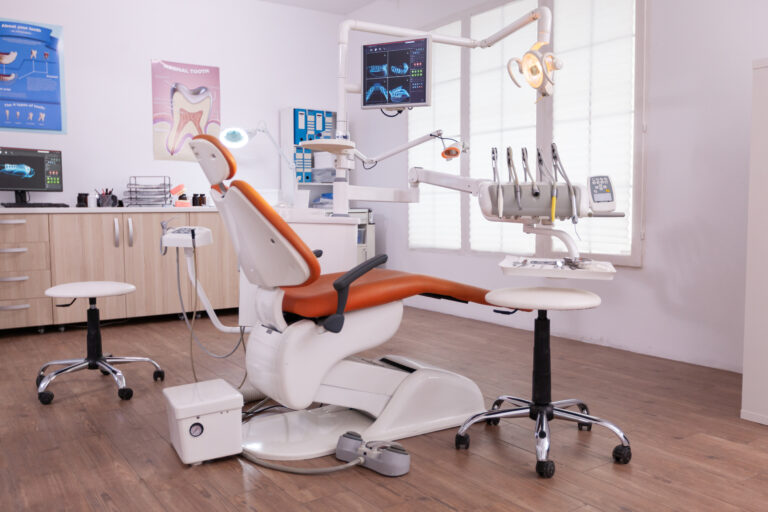Telemedicine Is the New Shelf: Why Herbal Products Manufacturers Should Go Digital in 2025
Table of Contents
Introduction
The healthcare industry in India is evolving rapidly. What was once sold over the counter in local shops is now being prescribed through mobile screens.
Telemedicine, once a convenience, has now become the front line of healthcare access, especially across semi-urban and rural India.
This digital shift opens massive new doors for Herbal Products and Ayurvedic products manufacturers.
Today’s patients are not just walking into stores; they’re consulting doctors online.
From skin care to immunity boosters, these consultations often end with a direct product recommendation.
That’s where herbal and medical supplies come into play.
And if your products are not visible in digital health platforms or B2B marketplaces, you’re simply missing out.
In 2025, the biggest shelf is no longer in a retail store; it’s in a teleconsultation app.
This article explores why herbal product makers must embrace digital tools now, how to align with telemedicine platforms, and which digital strategies will unlock scale, trust, and recurring B2B orders.
1. How Is Telemedicine Changing the Way Herbal Products Are Discovered and Prescribed?
Telemedicine is transforming how patients access healthcare and how they discover herbal solutions.
With online consultations becoming the norm across India, especially in Tier 2/3 cities, platforms like Practo, Tata 1mg, and Ayush Sanjivani are seeing a surge in Ayurvedic consultations.
This shift is redefining how Herbal Products enter the patient’s life.
Earlier, a customer would walk into a retail store, ask a pharmacist, or consult a neighborhood Vaidya.
Today, digital consultation apps have taken that role.
Ayurvedic doctors now prescribe directly during video calls.
Patients then receive product recommendations instantly, often with a link to purchase the item via partnered medical supplies platforms or B2B marketplaces.
This means Herbal Products manufacturers must ensure their products are digitized, well-listed, and integrated into these platforms.
Without a digital product catalog, their chances of being recommended by practitioners are slim.
In short, telemedicine is the new shelf.
If your Ayurvedic product isn’t digitally discoverable, it won’t be prescribed.
2. Why Should Herbal and Ayurvedic Product Manufacturers List Their Products on Telehealth Platforms?
Visibility equals viability in the digital age.
For Herbal and Ayurvedic product manufacturers, listing on Telehealth platforms is no longer optional; it’s essential.
As patients increasingly seek consultations through apps and online healthcare platforms, their buying decisions are directly shaped by what’s visible during or after a teleconsultation.
Telemedicine platforms are not just for treatment; they’re also trusted discovery channels.
When an Ayurvedic doctor suggests a solution for joint pain, skin issues, or digestive health, they often recommend branded herbal products already listed on the telehealth portal.
If your product isn’t there, it doesn’t get recommended. It’s that simple.
Furthermore, these platforms enhance credibility.
Being listed next to regulated medical supplies, doctor profiles, and verified prescriptions adds perceived trust.
Patients are far more likely to choose your Ayurvedic products when it comes through a medically guided path rather than a generic eCommerce search.
Finally, listing on telemedicine platforms generates consistent B2B demand.
Hospitals, clinics, and wellness centers that use these platforms often source supplies in bulk via B2B marketplaces integrated into the system.
So, listing your product opens up both consumer and business sales channels, doubling your opportunity.
In summary, if you want your herbal products to be visible, trusted, and in demand, listing them on telehealth platforms is the most strategic move in 2025.
3. Which Telemedicine Platforms in India Support the Sale of Ayurvedic or Herbal Wellness Products?
India’s growing telemedicine ecosystem is creating a powerful channel for Ayurvedic and herbal wellness products.
Several major platforms now integrate teleconsultation with e-pharmacy, enabling patients to receive prescriptions and order products, all in one digital flow.
For herbal product manufacturers, being visible on these platforms is a direct path to high-intent customers.
Here are the top telemedicine platforms in India that support the listing and sale of Ayurvedic and herbal wellness products:

Platform | Key Features | Relevance for Herbal Products Manufacturers |
1mg (Tata 1mg) | Integrates Ayurvedic consultations, branded product listings, and home delivery | Offers full-stack support: teleconsultation + e-pharmacy + B2B supply |
Practo | Offers both allopathy and Ayurvedic consults, with an online pharmacy store | Enables direct visibility to patients during and after digital consultations |
Tata Health | Focused on preventive care and holistic wellness, including product delivery | Allows curated herbal listings through an integrated pharmacy |
Ayush Sanjivani App | Government-led platform for promoting Ayurvedic care and remedies | Ideal for brands focused on traditional and certified Ayurvedic formulations |
Netmeds | Sells Ayurvedic supplements and offers basic wellness advice | Popular among urban and semi-urban users for herbal and health essentials |
Zyla Health | Focuses on chronic disease management using diet, Ayurvedic guidance | Great for specialized herbal formulations (e.g., diabetes, PCOS support) |
Each of these platforms combines teleconsultation with product sales, giving herbal manufacturers a chance to position their offerings directly in the patient journey.
Moreover, many allow B2B partnerships, enabling clinics and pharmacies to bulk order through integrated B2B marketplaces.
In conclusion, aligning with these platforms in 2025 ensures your Ayurvedic products are discoverable, credible, and commercially scalable in the digital healthcare economy.
4. How Can Going Digital Help Herbal Product Manufacturers Reach Tier 2/3 City Consumers?
Going digital is the smartest route to rural reach.
For herbal product manufacturers, selling through physical distribution alone often limits market access, especially in Tier 2 and Tier 3 cities.
These areas face frequent stockouts, limited shelf space in local stores, and a lack of trained Ayurvedic pharmacists.
But digital healthcare platforms and telemedicine apps are changing the game.
Telemedicine allows people in smaller towns to consult Ayurvedic practitioners through their phones.
As part of the digital prescription flow, recommended herbal and Ayurvedic products can be ordered instantly, regardless of the patient’s location.
This eliminates dependence on physical stores, wholesalers, or traditional retail networks.
Moreover, many platforms now integrate logistics support and last-mile delivery, ensuring that patients in Bhilwara, Latur, or Silchar can receive the same medical supplies as someone in Mumbai or Bengaluru.
For manufacturers, this means wider demand with lower distribution costs.
Digital presence also builds brand recall.
Once a rural customer discovers your product through a teleconsultation or B2B marketplace, they are more likely to reorder directly via app-based e-pharmacies.
This opens up not just consumer sales but also bulk B2B orders from rural clinics, panchayat wellness centers, and government-led Ayurvedic outreach programs.
In short, by going digital, herbal product manufacturers can unlock underserved demand, build loyalty, and scale sales far beyond urban metros without opening a single physical store.
5. What Are the Steps to Digitize a Herbal Product Portfolio for Online Healthcare Platforms?
Digitizing a herbal product portfolio means more than uploading products to a website.
It involves making your brand ready for healthcare e-commerce, especially on telemedicine and B2B marketplaces that serve the growing demand for Ayurvedic and herbal products.
Here’s a step-by-step roadmap to get started:
Step 1: Digitize Your Product SKUs
- Create a master list of all your herbal product SKUs.
- Include product names, categories (e.g., immunity boosters, digestion aids), dosage forms (capsule, syrup, powder), and usage indications.
- Add images, dimensions, and packaging details for every SKU.
- Highlight if any product is classical Ayurveda or a proprietary formulation.
Step 2: Ensure Compliance with Regulations
- AYUSH License: Mandatory for all Ayurvedic product manufacturers. Obtain from your state licensing authority.
- FSSAI License: Needed if any herbal supplements fall under the nutraceutical or food category.
- GMP Certificate: Builds trust on digital platforms by assuring manufacturing quality.
- Labeling Norms: Ensure all packaging includes ingredients, directions, manufacturer details, batch number, expiry date, and license numbers.
Step 3: Build Product Pages for Online Platforms
- For each SKU, create a product listing with:
- High-resolution product images (front, back, side)
- Clear and concise descriptions
- Usage benefits and dosage instructions
- Ingredients (preferably in English + local language)
- Certifications (GMP, AYUSH, ISO)
- Pricing and available pack sizes
- FAQs addressing common buyer queries
Step 4: Choose the Right Platforms
- For consumer reach, partner with platforms like Tata 1mg, Netmeds, and PharmEasy.
- For telemedicine visibility, explore Practo, Tata Health, or Zyla.
- For B2B Marketplaces, use IndiaMART, TradeIndia, and Medikabazaar to list bulk-ready inventory.
Step 5: Integrate Payment and Logistics
- On consumer platforms, work with their built-in delivery system.
- For B2B sales, prepare your own shipping process or partner with logistics aggregators.
- Offer flexible payment terms or BNPL options to clinics and pharmacies to boost B2B conversions.
Step 6: Keep Updating
- Track best-selling SKUs and customer reviews.
- Use feedback to improve descriptions and offer bundles (e.g., immunity kits).
- Update seasonal products or those aligned with current health trends (e.g., monsoon detox, winter cough relief).
Conclusion: The Future of Herbal Product Distribution Lies in Digital Healthcare
The rise of telemedicine and digital healthcare in India is no longer just a trend, it’s a transformation.
For herbal and Ayurvedic product manufacturers, this shift represents a massive opportunity to reach digitally engaged patients, especially in Tier 2 and Tier 3 cities where physical access to quality Ayurvedic consultation and supplies remains limited.
By adopting a digital product catalog, partnering with teleconsultation platforms, and listing on trusted B2B marketplaces, manufacturers can:
- Boost visibility among healthcare providers
- Tap into new revenue channels via e-pharmacies
- Build patient trust through compliant, well-presented listings
- Reduce dependency on traditional retail and distributor chains
More importantly, with the support of platforms like Practo, Tata 1mg, and IndiaMART, even small MSME businesses in the herbal sector can scale nationally.
As India’s Ayurvedic product demand continues to grow through digital channels, manufacturers must evolve from offline wholesalers to online-ready health solution providers.
Following Video Might be Helpful for You
Also Read,
- The Ultimate Guide: Working Capital Loans for Small Business (MSMEs) in 2025
Understanding the Impact of Payment Terms on Working Capital for Clinics
How Poor Inventory Management Hurts Working Capital in Pharmacies.
Want a Better Business Credit Score? Small Pharmacies Can Now Use UPI & Cards to Build It
Want a Better Credit Score? Use Small Daily Payments to Build Your CBIL (For Clinics & Pharmacies)
Case Study:How a Small Clinic Improved Its Working Capital Management





